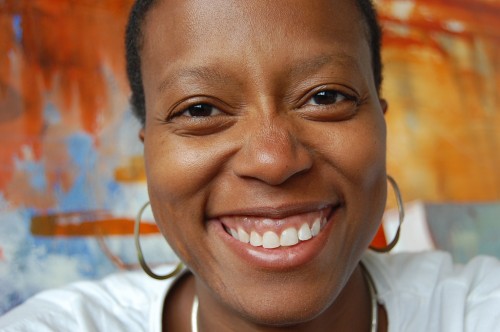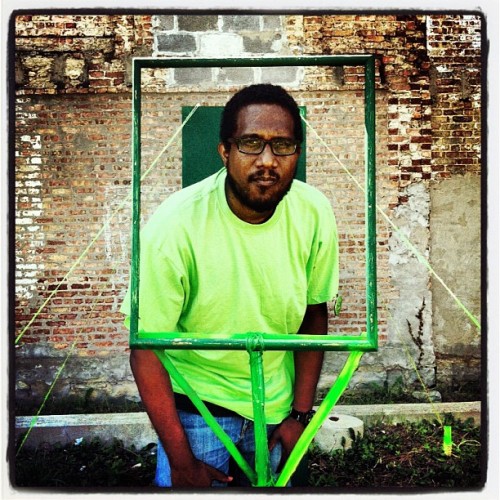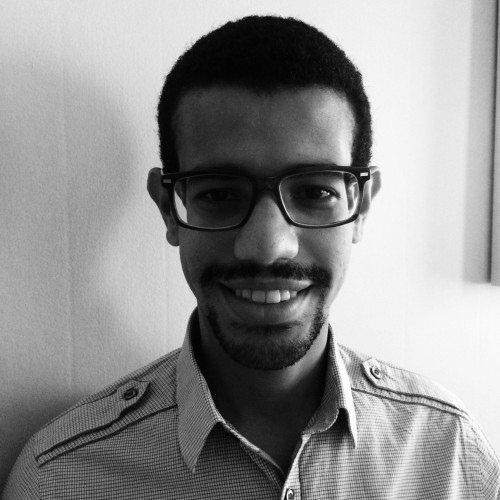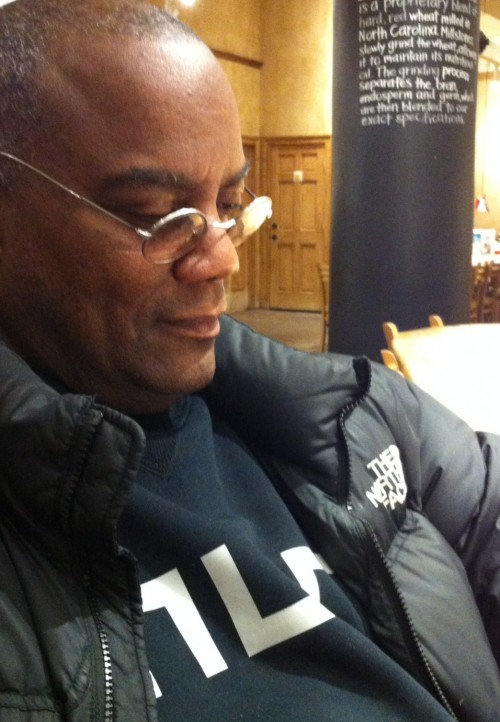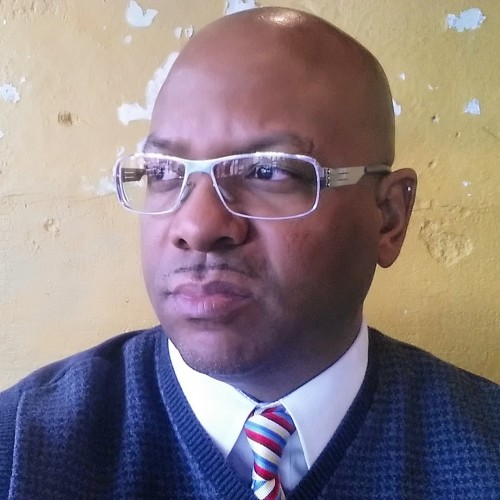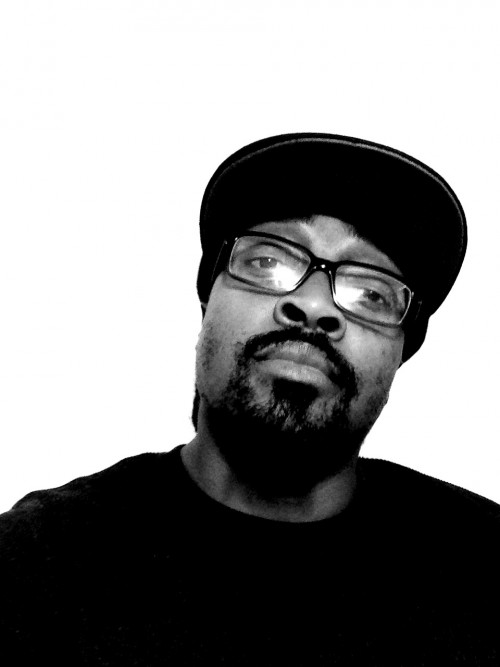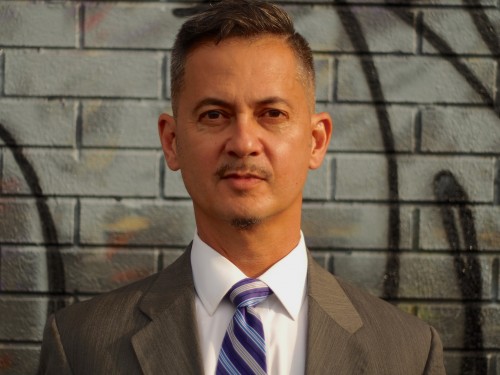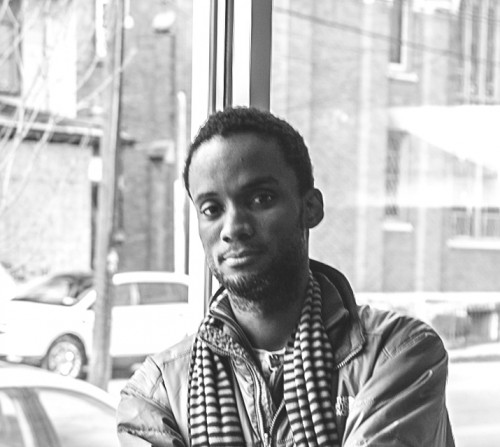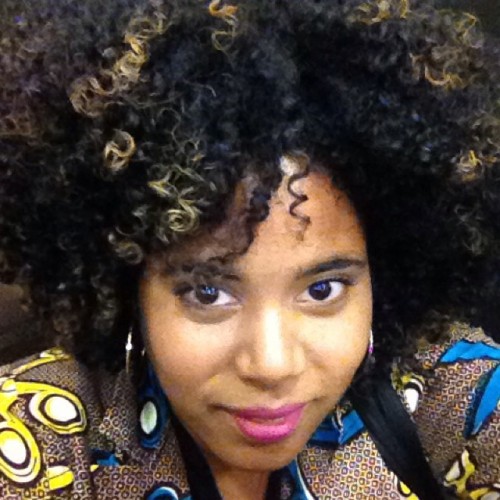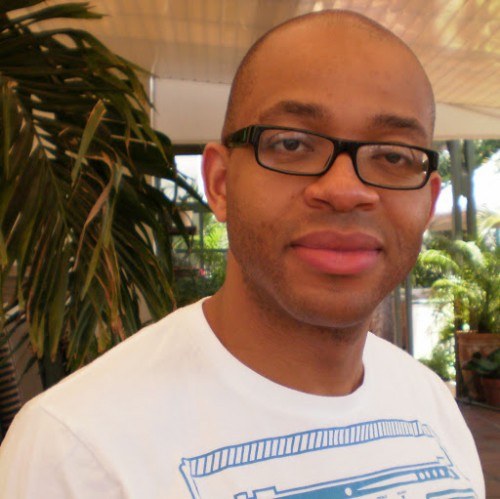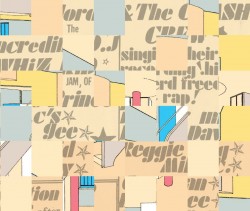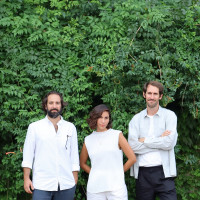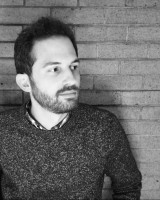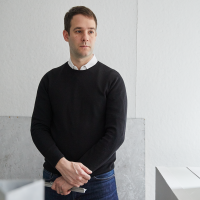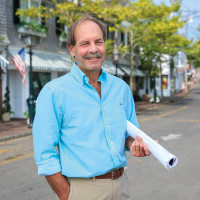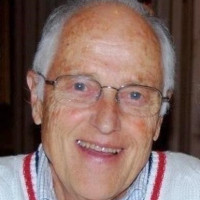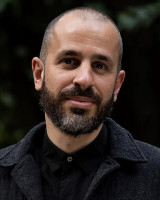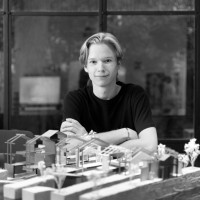OVERVIEW
Hip-hop—including its four elements: deejaying, emceeing, breakdancing, and graffiti— has evolved to become one of the most pervasive, diverse, and profitable phenomena in today’s society. As artists like Jay-Z, Pharrell Williams, and Kanye West begin to expand their creative influence into the built environment, hip-hop is on the verge of assimilating architecture into its identity—the fifth element.
This symposium explores a wide range of questions. Does hip-hop architecture, however it is defined, exist? If so, who are its practitioners? Is there an architectural image or a style that reflects hip-hop ideals? Is there a formal language or organizational structure that it should employ? Or is there a process and attitude towards design that will separate hip-hop from conventional architectural practice?
Participants will include historians, theorists, practitioners, and others from the hip-hop, visual art, and architecture communities. Through a series of presentations and panel discussions, the event will identify any formal, aesthetic or structural principles of hip-hop architecture, and locate them within contemporary discourse. A series of “provocations” (references to architecture or urbanism in hip-hop lyrics, and references to hip-hop culture within architectural writing) will also be presented during “freestyle sessions” that generate new kinds of responses to the questions above.
Organized by
Supported by
Syracuse University School of Architecture
Syracuse University Division of Student Affairs
The Society of Multicultural Architects and Designers (SMAD)
Participants
Rashida Bumbray
Lawrence Chua
Sekou Cooke
Mike Ford
James Garrett Jr.
Travis Gosa
Andres Hernandez
Lekan Jeyifous
Shawn Rickenbacker
Héctor Tarrido-Picart
Jack Travis
Craig Wilkins
Amanda Williams
(See below for bios)
Day 1 Schedule
5:00 pm, Slocum Hall Atrium
“Freestyle - Intro” Provocation Part 1
- Opening Remarks: Sekou Cooke
Day 2 Schedule
9:30 am, Shemin Auditorium, Shaeffer Hall
“Close to the Edge: Hip-Hop Architecture Theory”
- Lawrence Chua, Moderator
- Michael Ford, Andres Hernandez, Craig Wilkins
1:00 pm, Slocum Auditorium, Slocum Hall
“They Just Trace Me: Hip-Hop Architecture in Visual Arts”
- Rashida Bumbray, Moderator
- Lekan Jeyifous, Amanda Williams
2:15 pm, Slocum Auditorium, Slocum Hall
“Down on the Corner: Hip-Hop’s History with Architecture”
- Héctor Tarrido-Picart
- Travis Gosa
3:30 pm, Slocum Auditorium, Slocum Hall
“Respect the Architect: Hip-Hop Architecture in Practice”
- Jack Travis, Moderator
- James Garrett Jr., Shawn Rickenbacker
5:00 pm, Slocum Hall Atrium
“Freestyle - Outro” Provocation Part 2
- Closing Remarks: Sekou Cooke
6:30 pm, 2nd Floor Atrium, Slocum Hall
“Bonus Track” Reception with DJ
Participant bios
Rashida Bumbray
- Rashida Bumbray is a critically acclaimed curator and choreographer living and working in NYC. From 2006 to 2011, Bumbray was associate curator at The Kitchen, where she organized several critically acclaimed projects and commissions. At The Studio Museum in Harlem she co-founded an ongoing lobby sound installation StudioSound and Hoofers’ House, a monthly jam session for tap dancers—now called Shim Sham. Bumbray has published texts on various topics pertaining to contemporary art, Africana studies and comparative literature. Her choreographic work, Run Mary Run, was on The New York Times’ list of Best Concerts for 2012.
Lawrence Chua
- Lawrence Chua is a historian of the global modern built environment with an emphasis on Asian architecture and urban culture. He is an assistant professor at Syracuse University School of Architecture; his teaching focuses on architecture’s historical potential to both foster and obstruct social change. Before coming to Syracuse, Lawrence Chua taught courses in the history and theory of art and architecture at Hamilton College, New York University, and Chulalongkorn University, Thailand. In addition to his scholarship, his collaborations with visual artists such as Julie Mehretu, Paul Pfeiffer and Akram Zataari have resulted in public murals, digital sculptures and videos that have been widely exhibited. He was the recipient of a 2014 Central New York Humanities Corridor Visiting Scholar fellowship to conduct research on modernist architecture and hip-hop culture. Lawrence Chua received his Ph.D. in the history of architecture and urban development at Cornell University.
Sekou Cooke
- Sekou Cooke is a Jamaican-born architect and educator— assistant professor at Syracuse University School of Architecture—interested in the overlap between academia and practice. His decision at the beginning of his career to focus on built works sparked a broadened perspective on the relationship between architecture’s conceptual aspirations and the realities of construction and entrepreneurship. He builds upon that experience within each project he builds and each studio and seminar he teaches—constantly increasing his understanding of materials, new technologies and their role in the built environment. Sekou Cooke holds a B. Arch degree from Cornell University, an M. Arch degree from Harvard University, and architecture licenses in New York and California. He has spearheaded a series of key collaborations for competition entries, building proposals and building commissions in both states. Cooke is also a published columnist, lecturer, and exhibitor, and has played leadership roles in various organizations, including those advocating the expanded presence of minorities in architecture.
Mike Ford
- Michael Ford is a designer, born and raised in the city of Detroit. He received his Masters of Architecture degree from the University of Detroit Mercy (UDM), where he completed his graduate thesis titled “Hip Hop Inspired Architecture and Design.” He has worked as a designer at Detroit’s Hamilton Anderson Associates and as an adjunct professor at UDM. He is dedicated to stimulating cross disciplinary discourse between practitioners and residents on the sociological and cultural implications of architecture and urban planning on its inhabitants. Ford has worked to unveil the subconscious roles of historical architectural figures such as LeCorbusier in envisioning the built environments which necessitated the birth of hip hop culture.
James Garrett Jr.
- As a visual artist and published writer—trained as an architect—James Garrett Jr. expresses the urban condition through the lenses of art and design. Through his work as a registered architect (MN, NY) he artistically deploys technology and green design principles to articulate an evolving comprehension of the 21st century city. Garrett’s work employs diverse media (aerosol, ink, critical text, digital collage, physical sketching and material modeling) to explore complex theoretical topics from a unique, ethno-experiential perspective.He is currently the President of the University of California Alumni Association (MN Chapter) and serves on the Metropolitan Council Livable Communities and Transit Oriented Development Advisory Committees. In 2002, he founded 4RM+ULA (FORM + Urban Landscape Articulation), a full-service architecture firm focused on Transit Design, Transit-Oriented-Development, and urban infill redevelopment projects. James Garrett earned an A.B. in Architecture from the College of Environmental Design at the University of California at Berkeley, and a Masters of Architecture from Parsons School of Design.
Travis Gosa
- Travis Gosa is Assistant Professor of Social Science at Cornell University. He holds faculty appointments in the graduate fields of Africana Studies and Education, and is affiliated with the Cornell Center for the Study of Inequality. Since 2008, he has served on the advisory board of Cornell’s Kugelberg Hip Hop Collection, the largest archive on early hip hop culture in the United States. He teaches courses on hip hop culture, educational inequality, and African American families. Gosa received his Ph.D. in Sociology from The Johns Hopkins University in 2008, along with a certificate in Social Inequality. He is an occasional blogger at hiphopedu.com and working on two book projects: (1) “Remixing Change”: Hip Hop & Obama, A Critical Reader with Erik Nielson (University of Richmond), and (2) “The School of Hard Knocks”: Hip Hop and the Fight Against Unequal Education.
Andres Hernandez
- Andres L. Hernandez is an artist-designer-educator who works with youth and adults to interpret, critique, and re-imagine the environments we inhabit as spaces built upon values of cooperation, equity, justice, and sustainability. Andres’ recent projects include “Forum as Form,” an exhibition and related programming focused on issues of urban redevelopment; “Hush Harbor,” a pop-up public forum and event series; and “Absence is Fullness: A (E)utopian Assembly,” a monthly experimental forum exploring absence and emptiness as opportunities for imaginative possibility. He received his Bachelor of Architecture degree from Cornell University, and a Master of Arts in Art Education degree from the School of the Art Institute of Chicago, where he is Associate Professor and Chair of the Department of Art Education. He is co-founder of Revival Arts Collective, a network of citizen activists committed to using arts and culture as a catalyst for community redevelopment in the city of Chicago, and was a participant in the 2013/14 Artist-in-Residence Program co-sponsored by the University of Chicago’s Arts + Public Life Initiative and the Center for the Study of Race, Politics, & Culture.
Lekan Jeyifous
- Olalekan Jeyifous received a BArch from Cornell University. He is one of three founders of Freeform+Deform, a Brooklyn-based architectural collective, as well as a practicing artist.His award-winning artwork, which explores the histories and futures of geopolitics through an expansive approach to drawing and model-making, derives from the visual language of architectural representation while being strongly rooted in borrowed and invented narratives. His drawings, digital illustrations, and wood and metal architectural sculptures often respond to the anxiety, potential, multiplicity, and ambiguity of developing urban spaces in a changing world.The work of Olalekan Jeyifous has been exhibited at venues including MoMA, The Kitchen, New Museum of Contemporary Art, The Studio Museum in Harlem, The Soap Factory, The Drawing Center, and la B.A.N.K. in Paris.
Shawn Rickenbacker
- Shawn Rickenbacker is a partner at the design firm Rickenbacker + Leung llc founded in 2005, notable for such projects as Re: Vision Dallas, Renaissance Ballroom redevelopment in New York. He also is co – founder of the socially driven technology and design consultancy, Urban Data Design, currently working on design and implementation of technology focused initiatives for under-served global communities. Rickenbacker has lectured throughout the US, Canada, London, Helsinki, Barcelona and Havana on his research and professional work which has also received numerous awards and has been exhibited and published in The New York Times, CNN International, Global Architecture and Interior Design Magazine among others. He is currently a faculty member at the University of Pennsylvania Graduate School of Design, and Principal researcher for the funded Motorola Design research lab, conducting research on the convergence of digital and physical space.
Héctor Tarrido-Picart
- Héctor Tarrido-Picart is a graduate student of Landscape Architecture and Urban Design at the Harvard University Graduate School of Design. He is the president of the Harvard Graduate School of Design - African American Student Union. He has been published in the Harvard Design Magazine and the Harvard Journal of African American Public Policy.
Jack Travis
- Jack Travis, FAIA NOMAC established his namesake design studio in 1985. To date the firm has completed over 100 projects of varying scope and size, including several residential interior projects for notable clients such as Spike Lee, Wesley Snipes, and John Saunders. Travis is highly sought after for his cutting edge views on culture and architectural design, having appeared in many prominent design publications and on CNN’s Style with Elsa Klinch and BBC London’s Building Sites. Jack Travis founded the AC/DC Studio (Afri-Culture/Design-Culture) in 1994, seeking to collect, document, and disseminate information “Black culture” as it relates to “environmental design culture.” Jack Travis received his B.Arch from Arizona State University, and his M.Arch from the University of Illinois, Champaign-Urbana.
Craig Wilkins
- Architect, activist and theorist Dr. Craig L. Wilkins serves on the faculty of the Taubman College of Architecture and Urban Planning at the University of Michigan. The former director of the Detroit Community Design Center and hip hop architectural theorist is recognized as one of the country’s leading scholars on African Americans in architecture. His essay, “(W)Rapped Space: The Architecture of Hip Hop” – considered to be the first, serious treatise on hip hop and architecture published in a scholarly, peer-reviewed journal – predicted the influence of hip hop on architecture almost two decades ago and remains a primary theoretical source in the field.
Amanda Williams
- For the better part of 20 years, Amanda Williams has been consumed with how the combining of art and architecture might help make all parts of Chicago thrive. She is a graduate of Cornell University’s school of Architecture and worked as a designer in the Bay Area for a number of years before turning her full attention to a contemporary art practice. Williams is an Adjunct Professor at the Illinois Institute of Technology where she teaches design studio and Color Theory.
SOCIAL MEDIA HASHTAGs for this event
#TowardsHipHopArch #SyrTHHA #HipHopArchitecture #Architecture #SyrArch #tohiphoparch #hiphoparch
